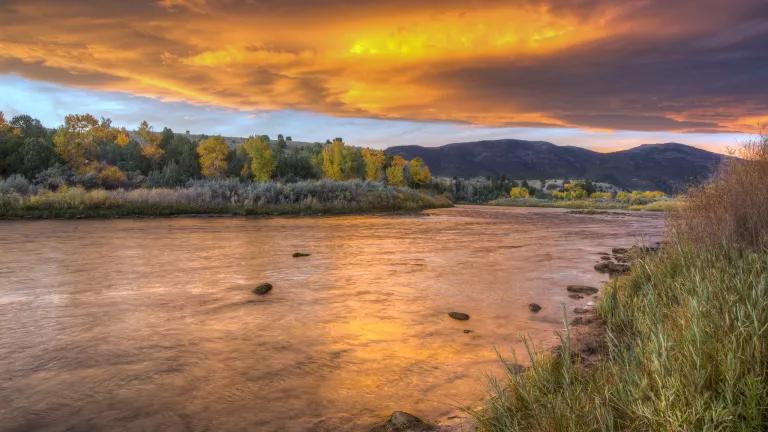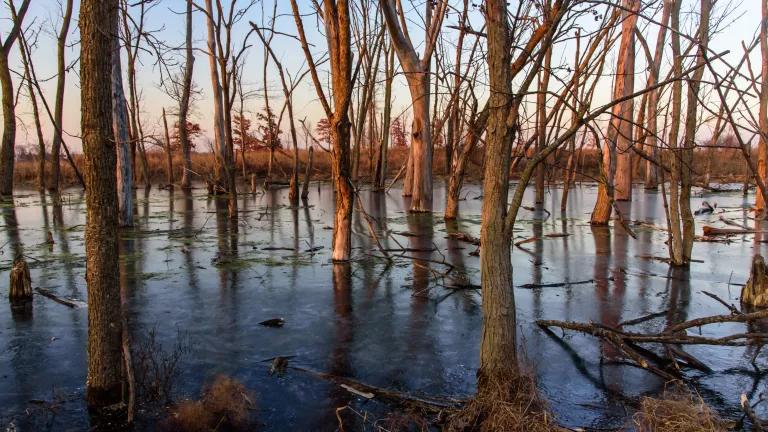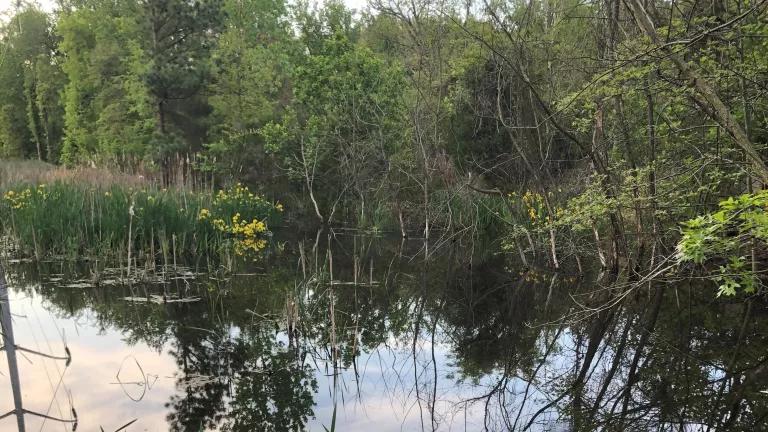
One of the most often-repeated attacks from politicians who don't support the Clean Water Rule - the initiative finalized this summer that enhances pollution protections for streams, wetlands, and ponds around the country - is that it is supposedly too complex. For instance, Senator Joni Ernst of Iowa recently wrote:
EPA's change in the definition of what constitutes a water of the U.S has resulted in a rule that is so complex and vague that farmers in my state are concerned that a grass waterway, a ditch or standing water in their fields after a rainstorm could now be regulated by the EPA. Some Iowans have even told me they may need to hire a lawyer to help them sift through the 300 page rule to see if they are in compliance.
Hogwash. I freely admit that the rule doesn't answer every possible future question about where the Clean Water Act applies to polluting activities -- that would be impossible, given the variety of water features around the country. But this action significantly clarifies the rules of the road, and I think the primary reason that some people are concerned about the rule and its implementation is that opponents like Senator Ernst have waged a misinformation campaign about what it does and doesn't do.
In response to these exaggerated charges, NRDC developed an infographic to explain the rule in two -- count 'em, two -- pages. (You can download it here.)

As you may have noticed, the Clean Water Rule actually addresses the bogeymen about which Senator Ernst claims to be concerned. It responds to suggestions that the rule covers puddles (that is, "standing water in their fields after a rainstorm") by exempting them explicitly. Similarly, the rule identifies a host of additional water features - including a variety of grassed waterways, ponds, ornamental features and ditches - that are not covered.
What you won't hear Senator Ernst and other opponents of this initiative talk about much, if at all, are the kinds of water bodies most at issue in the rule - tributary streams and wetlands that the science shows to have tons of critical impacts on water quality downstream. But as you can see from the infographic, those are what the Clean Water Rule is all about. And if you have any question about the benefits that come from protecting those kinds of water bodies from pollution, please check out these summaries of the importance of these resources for public health, hunting and angling, and small business.




